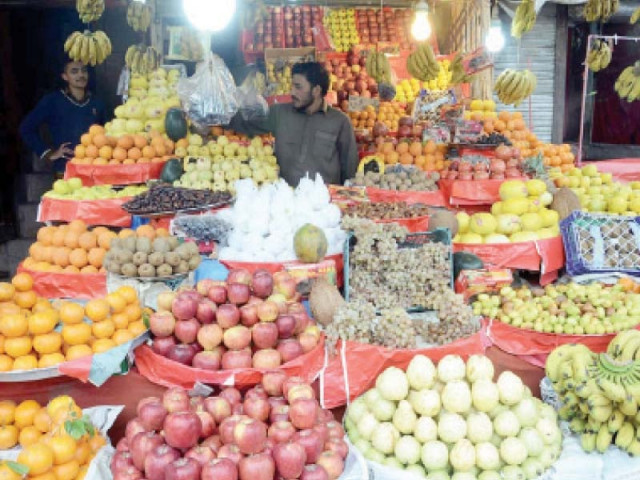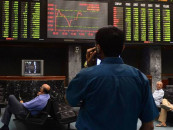Ukraine crisis and inflation
Russia-Ukraine conflict may create wheat shortages in Pakistan, increase food inflation

Covid and its various strains showed the impact of globalisation and the butterfly effect in action.
With the world becoming a global village, supply side disruptions caused their impact across borders and continents. The real face of capitalism emerged as producers stockpiled raw material and build reserves to ensure that the supply chain was not impacted.
This added fuel to the fire and clogged the supply chain due to the unnatural jump in demand coupled with the already strained supply chain due to the reduced handling capacity at ports and staffing constraints.
Inflation across the world is racing to peaks with the US inflation sprinting to a peak of 7.5%, euro zone and UK inflation at levels above 5% while locally we are facing inflation levels of over 13%.
Commodity super-cycle seems not be taking a breather and has extended itself or may be converting into a bigger bull run. A fresh wave of stockpiling has started in fear of a disturbed supply chain in the face of escalating tensions between Russia and Ukraine.
Commodity prices have restarted their race towards new highs and Brent crude oil has comfortably settled above $96 a barrel and is on track to cross into three digits to levels seen around eight years ago (in September 2014).
Auto consumers should tighten their belt as the raw material for chips – neon and palladium – is sourced from Russia and Ukraine and any supply disturbance is bound to compound the already prevailing chip shortage.
Take a trip down the memory lane to see what triggered the Russia-Ukraine crisis and why has it surfaced again.
The Russia-Ukraine conflict dates back to the late 2013 and early 2014 and is known in history as the Revolution of Dignity, which started in November 2013.
It supposedly culminated with the annexation of Crimea in February 2014 by Russia into two states of the Russian Federation. Is the fight all about Crimea or is there more to what meets the eye.
Some of the political analysts believe that Ukraine wants to align itself more with the EU and be part of the Nato security alliance rather than have a balanced relationship or a tilted bias towards Russia.
This would potentially create barriers to Russian access to the Black Sea via the port of Sevastopol and could disturb its ecosystem and supply chain.
Another thought process is that the media flare-up of the potential Russia-Ukraine war is an act to create hurdles in the way of Nord Stream 2, which is a gas pipeline between Germany and Russia.
Some analysts believe that the US views this pipeline as a threat to its primacy in Europe. For Germany, the Russian gas is of immense help as it would support Berlin in delivering on its committed decommissioning of a nuclear power plant.
As Russian gas becomes an important part of the economy, Europe’s trust in Moscow and its image as a potential trading partner is bound to improve. This would open a new potential free trade zone between Europe and Russia.
Nord Stream is not just a pipeline; it is a window into the future – where Europe and Asia are drawn closer together into a massive free trade zone that increases their mutual power and prosperity while leaving the US outside trying to look in.
This would potentially end the ‘unipolar’ world order that the US has been driving for slightly less than a century and could mark the start of the decline of superpower and push it into an abyss.
Whether fake or real; whatever the cause of escalation, one thing that we have seen is rising commodity prices, which has the potential to add fuel to the fire and send inflation spiralling to new peaks.
Ukraine helps Pakistan meet the domestic wheat shortage as we have imported around 40% of demand from Ukraine. Any crisis in Ukraine would potentially create wheat supply shortages in Pakistan and certainly lead to higher food inflation via increased wheat prices.
Not to mention, the increasing global prices are bound to push import costs higher and the current account deficit would balloon, putting pressure on our already precarious balance of payments situation.
The writer is a student of behavioural finance, a treasury and wealth management professional and a visiting faculty at IBA
Published in The Express Tribune, February 21st, 2022.
Like Business on Facebook, follow @TribuneBiz on Twitter to stay informed and join in the conversation.



















COMMENTS (1)
Comments are moderated and generally will be posted if they are on-topic and not abusive.
For more information, please see our Comments FAQ